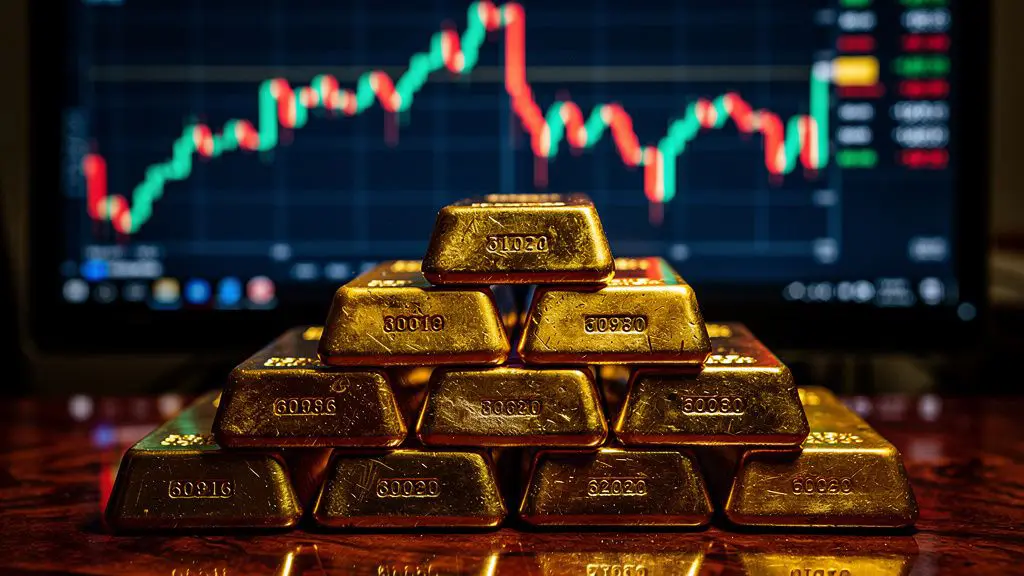Abstract:Explore the Philippines’ evolving gold trade in 2024. Learn key trends, BSP strategies, and smart trading approaches for navigating local and global markets.

The Philippines' gold trade scene has shifted significantly in 2024, with both possibilities and problems. The Bangko Sentral ng Pilipinas (BSP) became the world's largest gold seller in the first half of the year, boosting the country's position in the worldwide market. This proactive strategy highlights the BSP's dynamic role and developing tactics for maximizing gold holdings in the face of market changes.
Gold Reserves and Market Strategies
To capitalize on soaring gold prices, the BSP sold around 25 tons of gold, lowering the country's reserves to around 134.06 tons. This strategic move emphasizes the importance of market timing and intelligent trading strategies. Understanding these trends may help local investors trade gold more profitably in the home market.
Benefits and Risks of Local Gold Trading
Gold trading in the Philippines has the potential for huge rewards, especially as gold is seen as a hedge against inflation and economic instability. As of August 2024, the average gold price was PHP 140,743 per ounce, indicating its worth as a reliable store of wealth.
However, dangers persist, including as market volatility and regulatory barriers. The BSP's aggressive sales in 2024 momentarily lowered local prices, illustrating how supply fluctuations might affect market circumstances. Global variables such as shifting interest rates and geopolitical events also have an influence on gold's value, needing monitoring and technical instruments for effective risk management.

Regulatory Landscape
The BSP regulates gold transactions in the Philippines, using buy-and-sell methods to keep the market stable. Investors must also consider tax implications, since capital gains taxes apply to gold profits. Importers and exporters must meet extra compliance requirements, such as licenses and anti-money laundering legislation. These laws promote openness but need careful preparation by dealers.
Key Drivers of Gold Prices
Gold prices in the Philippines are affected by both local and international influences. Locally, the value of the Philippine peso is quite important. For example, when the peso declines, gold prices climb owing to its worldwide worth in US dollars. In 2024, the relatively steady peso helped to mitigate certain external pricing pressures.
On a worldwide scale, the Federal Reserve's policies and interest rate choices have a direct effect on gold prices. The BSP's move to sell more than 25 tons of gold in reaction to rising market prices demonstrates how foreign trends influence local market dynamics.
Crafting an Effective Trading Strategy
The optimum gold trading strategy is determined by the investor's objectives and risk tolerance. Digital platforms give real-time market data and increased flexibility, while technical analysis tools like as moving averages help traders time their bets. Long-term investors may opt to store gold as a hedge against inflation, whilst short-term traders may profit from price fluctuations caused by economic news.
Diversification is another effective technique, which combines real gold investments with gold-backed exchange-traded funds (ETFs). Advanced traders are increasingly using algorithmic trading and artificial intelligence (AI) to automate choices and improve methods.
Final Thoughts
The Philippine gold trading market in 2024 will be impacted by BSP regulations, worldwide price fluctuations, and technology improvements. A good plan combines technical analysis, regulatory compliance, and diversity. With a solid grasp of market patterns and proactive preparation, investors may negotiate the complexity of the local and global gold trade to optimize rewards while mitigating risk. Gold remains a useful asset for those who approach it strategically.











